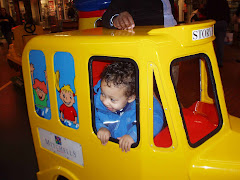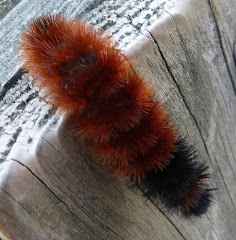Even though today's posting is from a visit in early spring of this year, because it fits in so well with the posting in Lewisburg, and will fit in well with t he next stop posted, I have included our stop at the Rehobeth Church in what is now Monroe County West Virginia. The Rehobeth Church was founded in 1786 on land donated by Edward Keenan, a Roman Catholic. Rehobeth Church, however, at Mr. Keenan's request, became part of the new Methodist Episcopal Church formed in Baltimore in 1784.
he next stop posted, I have included our stop at the Rehobeth Church in what is now Monroe County West Virginia. The Rehobeth Church was founded in 1786 on land donated by Edward Keenan, a Roman Catholic. Rehobeth Church, however, at Mr. Keenan's request, became part of the new Methodist Episcopal Church formed in Baltimore in 1784.
 he next stop posted, I have included our stop at the Rehobeth Church in what is now Monroe County West Virginia. The Rehobeth Church was founded in 1786 on land donated by Edward Keenan, a Roman Catholic. Rehobeth Church, however, at Mr. Keenan's request, became part of the new Methodist Episcopal Church formed in Baltimore in 1784.
he next stop posted, I have included our stop at the Rehobeth Church in what is now Monroe County West Virginia. The Rehobeth Church was founded in 1786 on land donated by Edward Keenan, a Roman Catholic. Rehobeth Church, however, at Mr. Keenan's request, became part of the new Methodist Episcopal Church formed in Baltimore in 1784.There is a report that Bishop Francis Asbury dedicated the church upon its completion in 1786. However, other sources indicate that this probably was not so since Asbury's journals place him in New Jersey about the time the church was dedicated. (After all, this was before the age of air travel.)
Nevertheless, Asbury did visit this church 2 years later and conducted the first Ordination west of the Alleghenies, John Smith.
Further, the church claims that its 1786 completion date makes it the oldest Protestant Church west of the Alleghenies (though again, other groups, societies etc. will dispute this claim). Whatever the case, it is old, and Asbury called here several times on his periodic journies through this part of then-Western Virginia.
The structure that was constructed was a two story affair and segregated seating did occur. At first, however, the segregation was men in the balcony, women and children below. The reason for this separation was the prescence of threats from passing Native American War/Hunting parties. Rehobeth was near a path known in those days as "The Warrior's Path." This path, US Rt. 219 roughly follows its route, was used by War parties, and hunting parties as they moved from the north towards the south and Cherokee teritory.

The men gathered on the second floor, and had their weapons with them at all times. There were even holes in the wall so that they could stick their firearms outside and fire without exposing themselves to the return fire of the Native Americans.
After the Native American threat subsided, the early 1800's, the church seating became segregated along more "traditional" lines with the balcony reserved for the slaves, and the ground floor for the rest of the folk.
Rehobeth served as a meeting place for a congregation of the Methodist Episcopal Church, South into the early years of the 20th century. At that time it was closed. The structure itself remained, albeit in a great state of disrepair.
Finally, the structure was carefully dismantled, the logs tagged as they were removed, and then completely re-built with a more permanent type of chinking. Then an extra roof was erected above the old church to help protect it from future damage from the elements.
The inside
 of the building still has the original split log benches that were used by the early settlers. It is open for viewing daily, though it is best to call ahead. There is also a small museum near the church structure. It is operated by the Monroe County Historical Society. In addition to some church artifacts, such as a communion table used by Asbury in the Rehobeth Church, it also has a desplay of memorabilia related to the history of Monroe County from colonial times to the present.
of the building still has the original split log benches that were used by the early settlers. It is open for viewing daily, though it is best to call ahead. There is also a small museum near the church structure. It is operated by the Monroe County Historical Society. In addition to some church artifacts, such as a communion table used by Asbury in the Rehobeth Church, it also has a desplay of memorabilia related to the history of Monroe County from colonial times to the present.








No comments:
Post a Comment